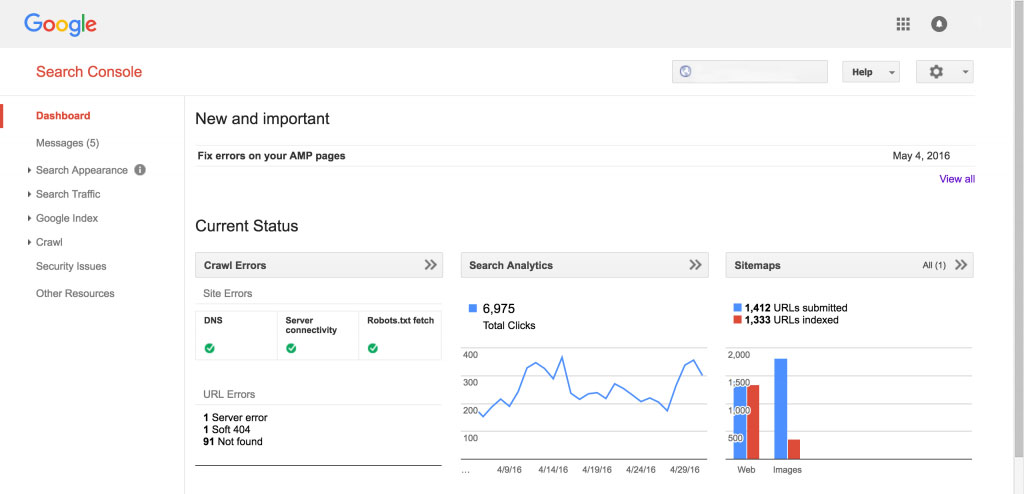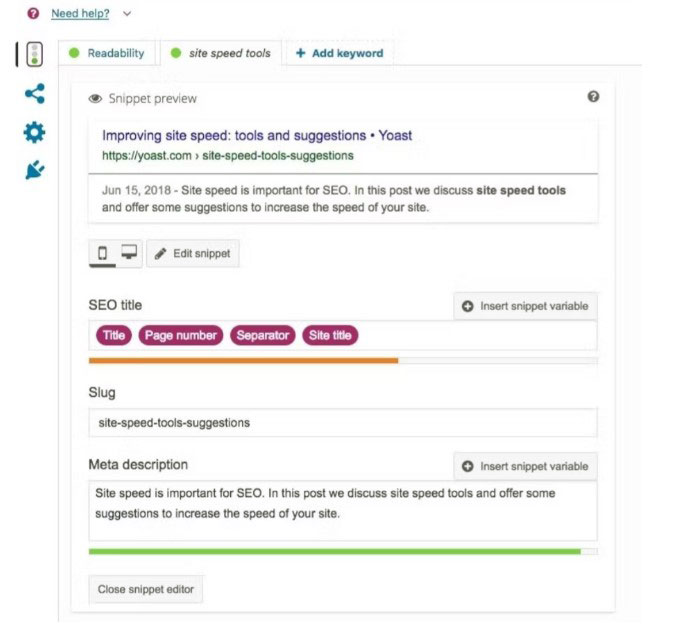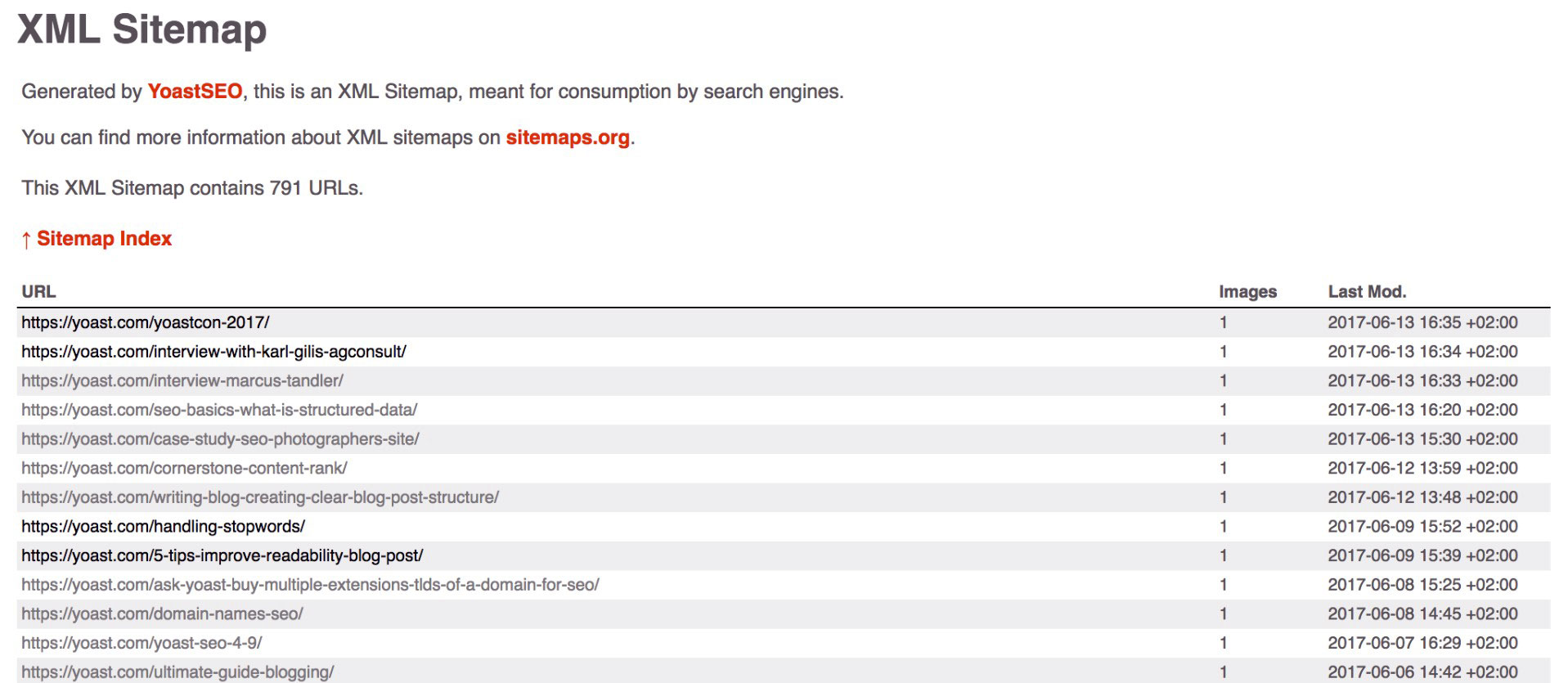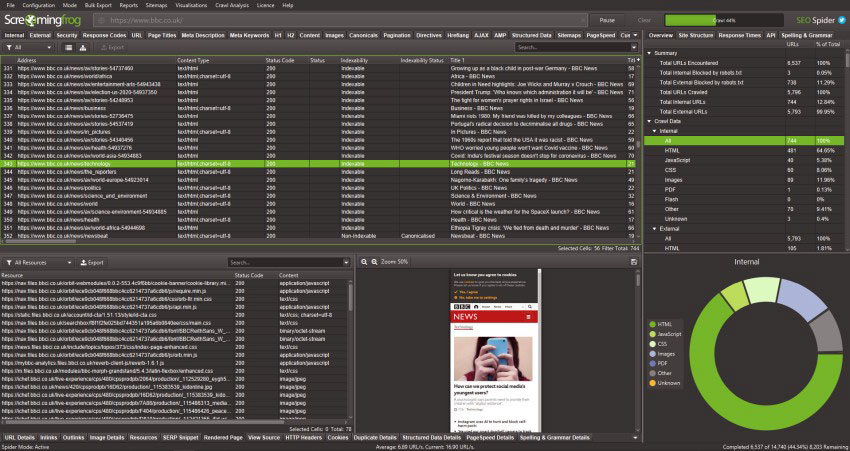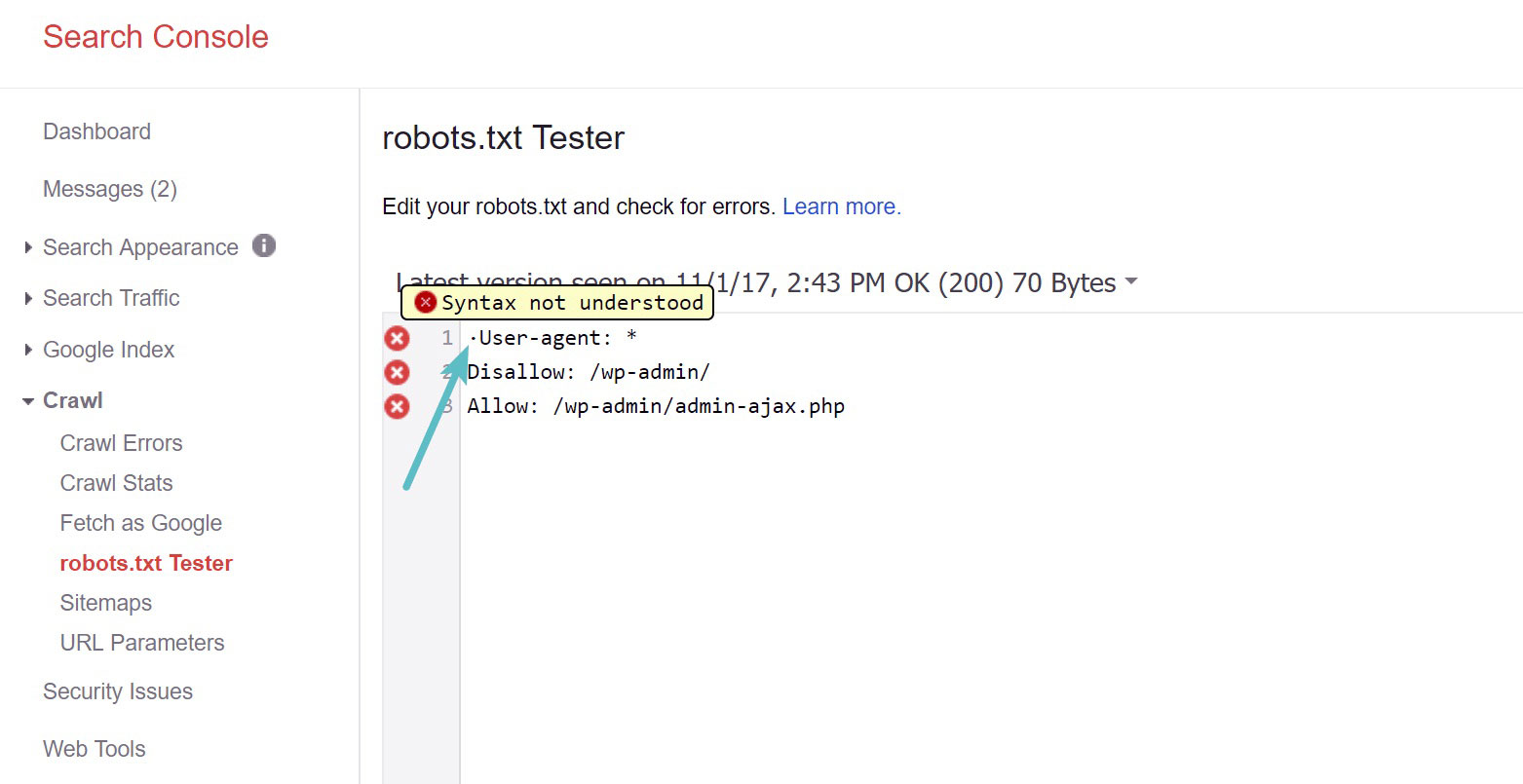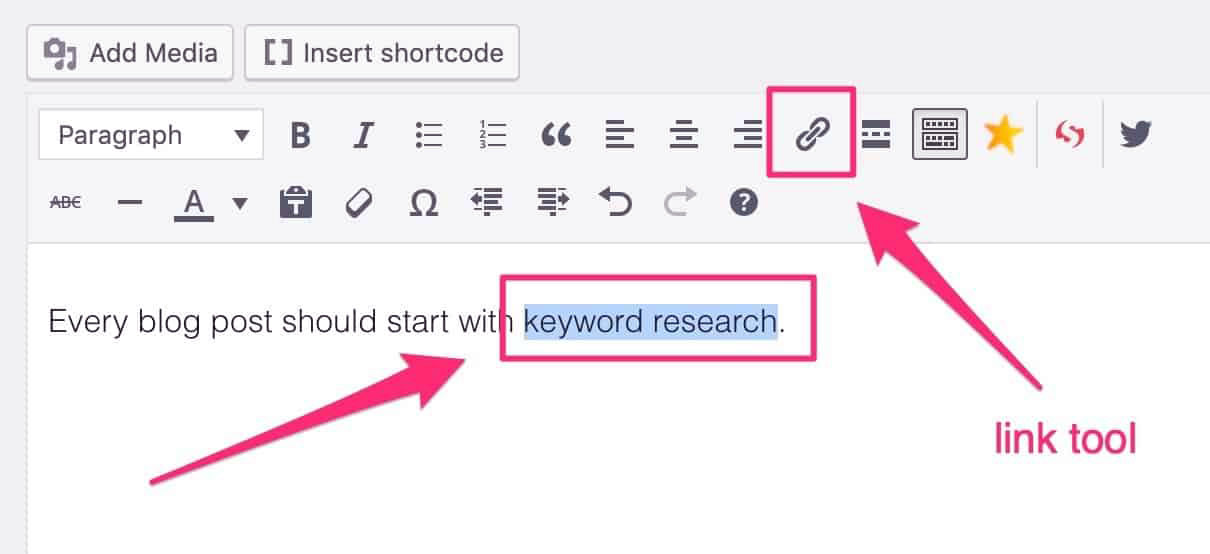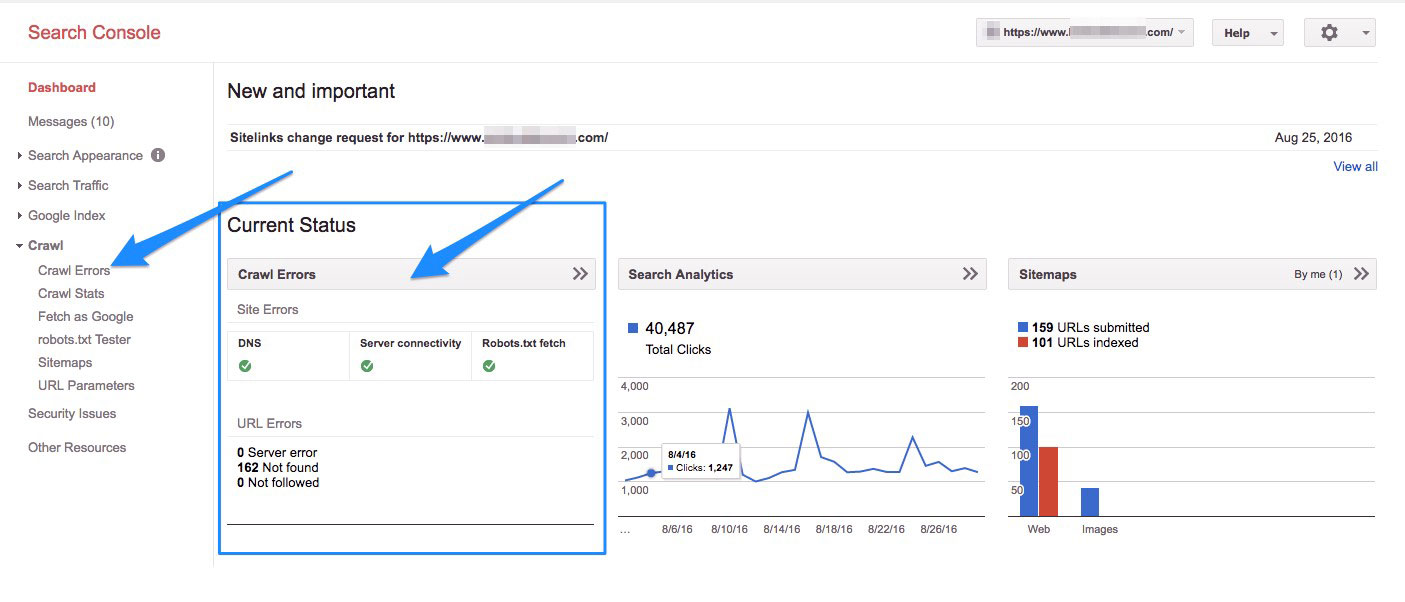Fortunately, there are many steps we can take to help Google identify your pages faster and more accurately.
In this post, I will go through Ten ways we can take the fastest way to target your site – and, as a result, improve your online visibility.
You will learn how to make Google your index website and how to monitor your Google index level.
This post is going to walk you through ways to get your business website and business listings properly set up on Google—that is, to get found by the people searching for the products and services you provide.
How do I get Google to index my site using these SEO tools: Google Search Console & Yoast
Getting your site properly indexed might sound like a complicated task.
And the truth is, it sometimes can be — but there are lots of tools available to simplify the process, many of which are extremely user-friendly.
There are tons of options you can use that offer advanced features and functionality, but the two most important and widely used are Google Search Console and Yoast SEO.
1. Google Search Console
Google Search Console is a free tool that helps you monitor your site’s presence in Google’s index and search results. You can use it to make sure that Google can access your content, submit new content, and monitor and resolve any issues.
2. Yoast SEO
Yoast SEO is a free WordPress plugin designed to easily optimise sites for search. If you run a WordPress site, it’s one of the best tools you can use to improve your presence in search — and at this point, it’s basically considered an essential tool.
3. Create a Sitemap
A sitemap is a map of your site. It’s a document in XML format that tells crawlers where they can and can’t go.
The searcher looks at this page to learn all about your website – how big it is, which pages are most important, and where new content is available. XML Sitemap is an important first step in successful identification.
Spiders are smart, but they really need a map.
Why?
Without a site map, clarity can take a long time – as long as 24 hours to point to a new blog or website post.
That’s too far away.
With a site map, you can shave that time up to a few minutes.
OK: Your website, blog, or new page can be indexed by Google in less than an hour.
4. Screaming Frog
One of the best options for making an XML sitemap is Frog Shout.
To use Screaming Frog, first, download their SEO Spider tool.
If your site has less than 500 pages, this is completely free.
If your site is large, you will need to purchase a licence – which may be worth considering the time it takes to get and list 500+ URLs.
Once you’ve installed the program, type your URL into the “enter URL to spider” box and hit “Start.”
Then, click Sitemaps > Create XML Sitemap.
Before you create your sitemap, there are a few settings you can configure.
First, you’ll need to determine which pages you want to include, and which you want to exclude.
By default, only pages with a “200” OK response from the crawl will be included — so you don’t need to worry about redirects or broken links.
5. Create a robots.txt
While the term “robots.txt” may sound technical and intimidating, the file itself is actually quite simple.
Robots.txt is a text file on your website that teaches search engines what they should be and what they should not be.
It is actually a list of instructions to a search engine that informs you where we can go and can go to your site.
This is the very first step of a spider on its website. If your robots.txt says, “don’t show me,” then the spider will go away.
As you can probably guess, it is very important that your robots.txt gives Google permission to crawl the site. This is the default setting.
6. Create internal links
One of the most effective ways of promoting crawling and improving your website’s identity is through internal links.
The paths taken by spiders online are formed by links. When one page connects to another, the spider follows that path.
Within your website, be sure to create links from all your most important pages.
7. Earn inbound links
While internal links help spiders understand the structure of your site and discover new pages, the most important links are internal, or links from other sites.
When other websites connect to yours, it empowers your site in many ways.
If you are familiar with SEO, you already know how important links to establish trust and authority are.
The more links you have with trusted sites, the more confident you become in Google – and the more likely they are to rank your site well.
And while that alone is a reason to focus on gaining incoming links, they can also help you get your website listed faster.
If you can reduce the time between new site content and the link-up, you will improve the speed at which new content is indexed.
8. Encourage social sharing
The level of the role of social media in SEO is unclear.
What is clear, however, is that social media is an easy way to quickly let people know that your new content exists.
Copy and paste the link, add a few text words, and voila – your content is shared with the world (or at least your followers).
Sharing your pages on social media sends searches to them, which can help speed up the targeting process.
Social media should be fully integrated into your publishing strategy. And if they have not already done so, getting started is easy.
9. Check for crawl errors
As you work and add new content to your site, it is important to keep an eye on how it is crawled.
Just because your site is clear now does not mean you will never have problems.
Clarity errors can occur, especially if you make major changes to your website such as adding, deleting, or redirecting pages.
Fortunately, monitoring error errors is easy with the Search Console.
Access your clear error report
You can diagnose problems by checking your error report regularly.
Here’s how:
- Open the Google Search Console and select your website
- Click Crawl
- Click Crawling Errors
10. To List Your Business on Google
To list your business on Google, you need to
- 1. Add your business as a place on Google Maps
- 2. Navigate to your listing on Google Maps
- 3. Click “claim this listing” (for help with this, go to How to Create, Claim, and Verify Your Google Business Listing)
Conclusion
Listing on Google is an important first step in having a successful website. Your site may not appear in search results without it – which means that unless your pages are indexed, they are less likely to receive traffic.
Fortunately, you do not need to leave the index until the opportunity. Tools like Search Console and Yoast give you control over how clear and indexable your site is and make it easy to keep track of your exposure.
As you update your site, keep an eye on how it is crawled and indexed. Regular login is a simple step that allows you to identify and have problems and fix them before they cause problems with your search appearance.
Also, following best practices such as submitting a site map, building links, and publishing new content regularly can help make your site brighter and faster.
